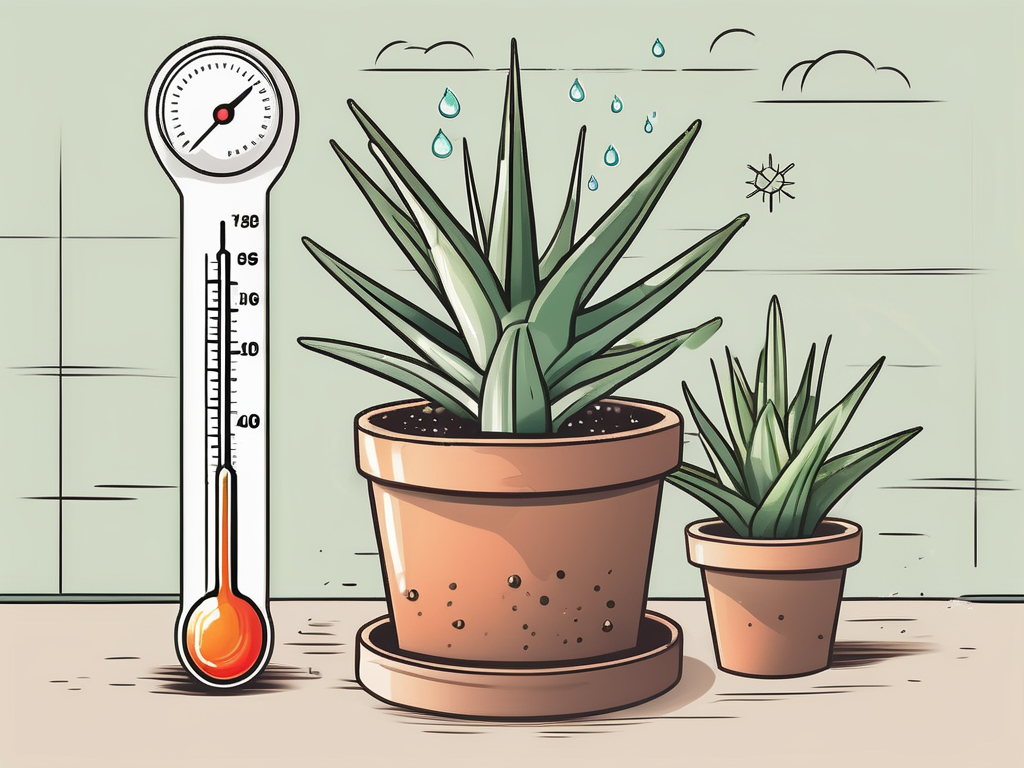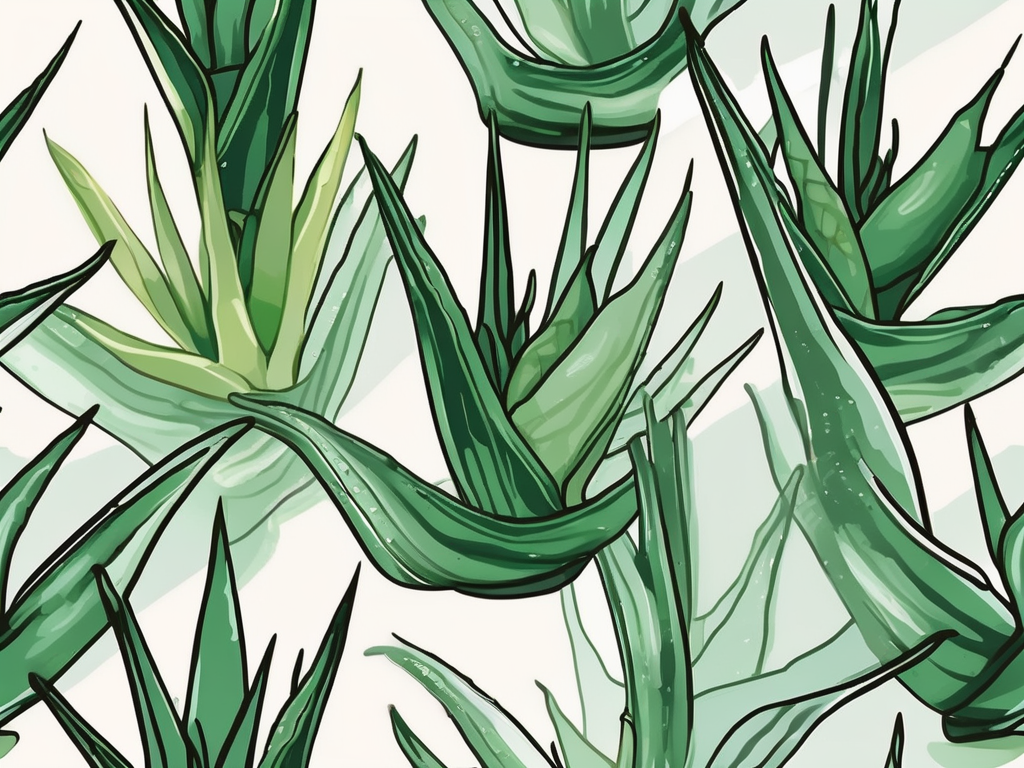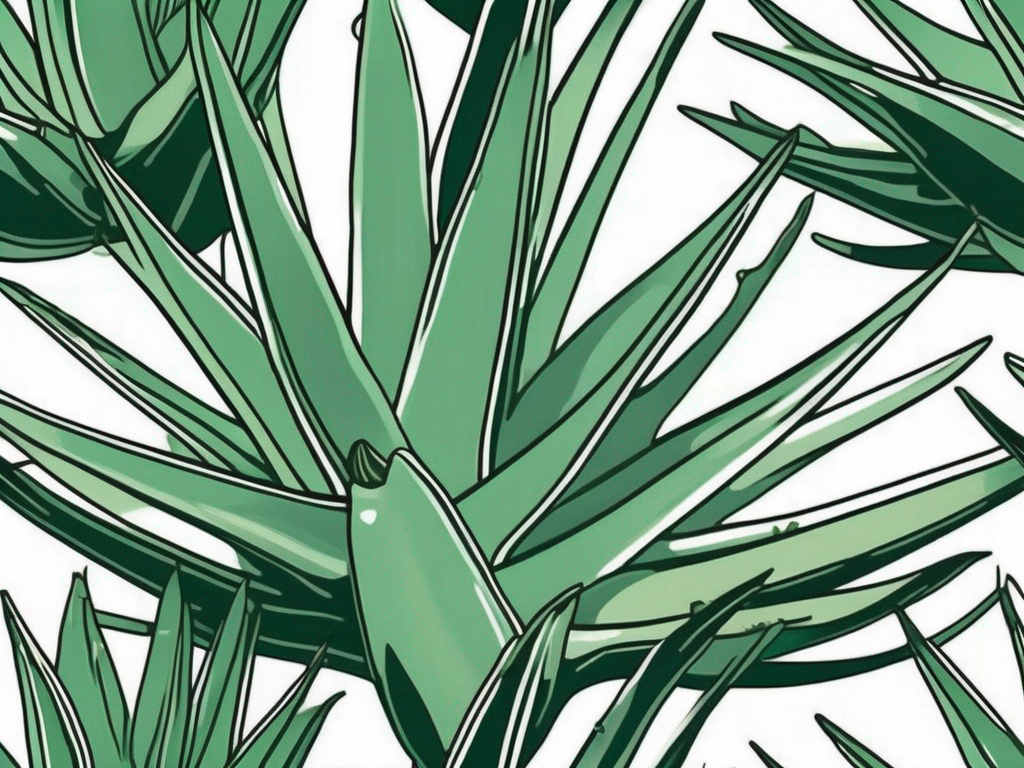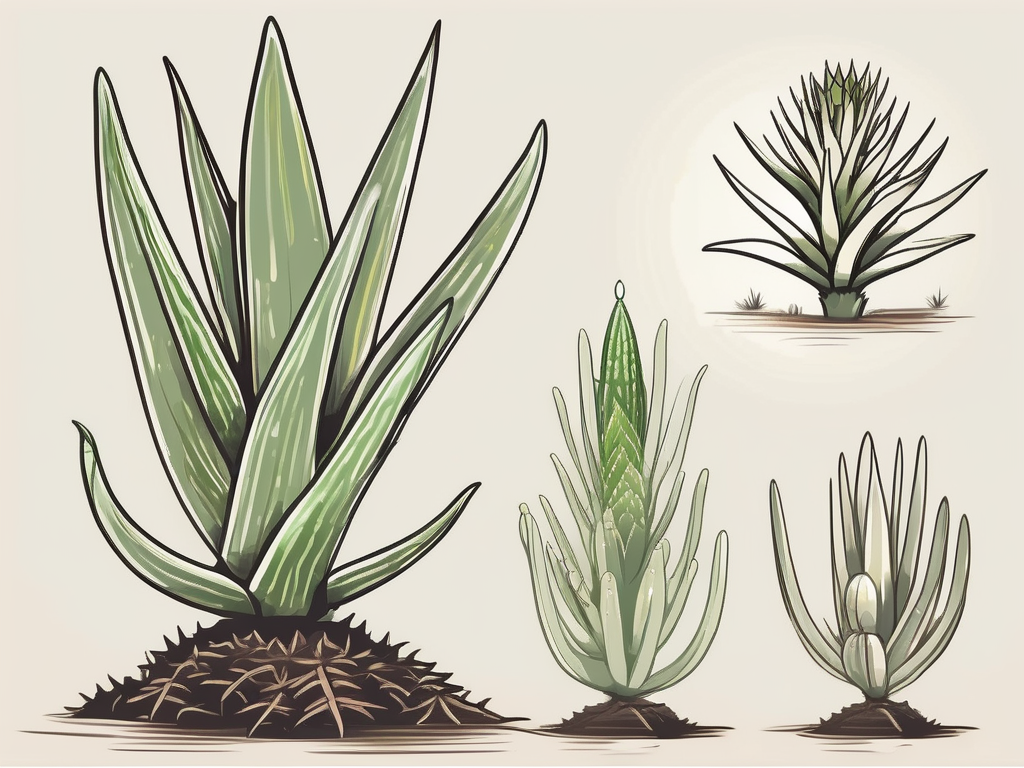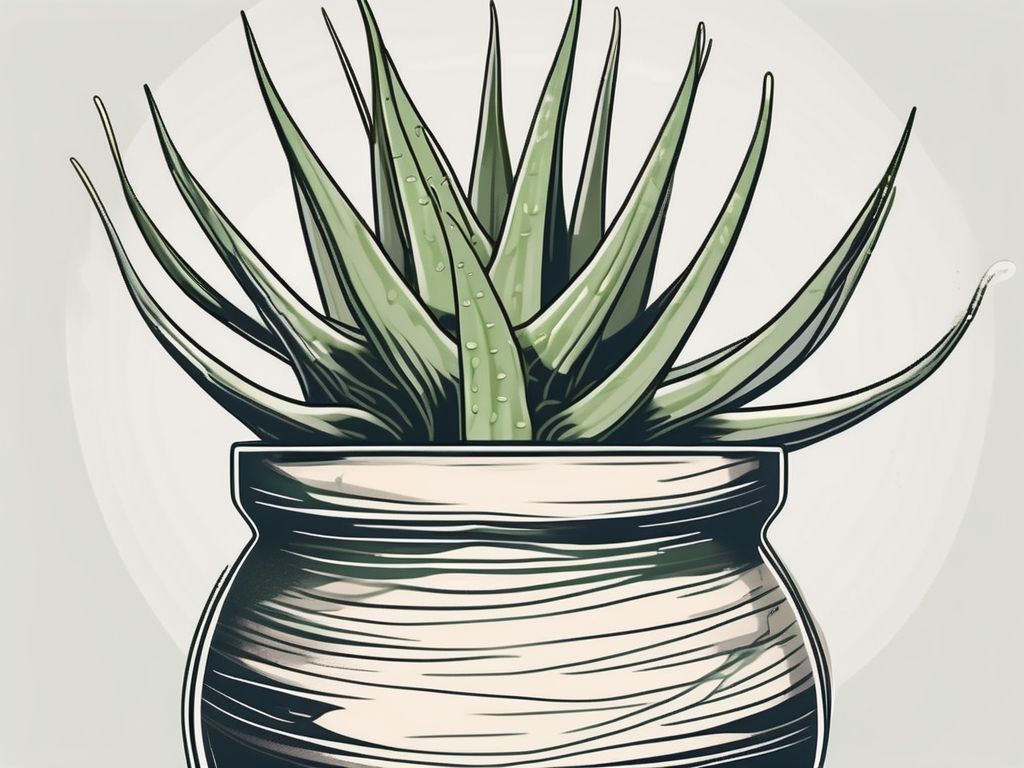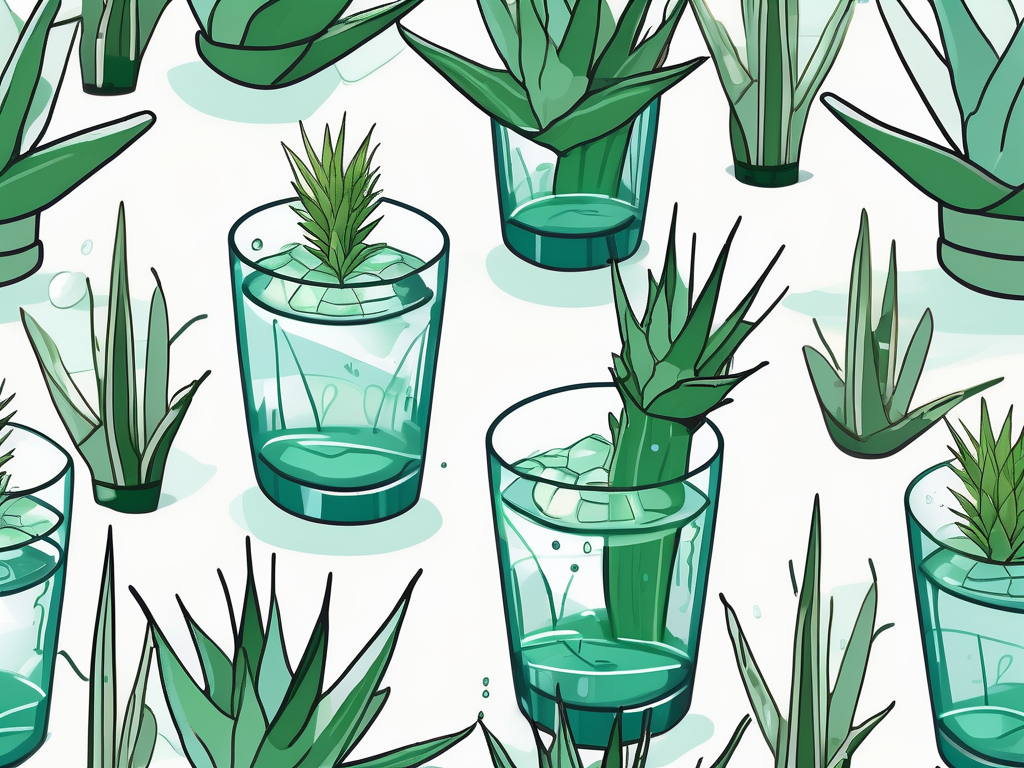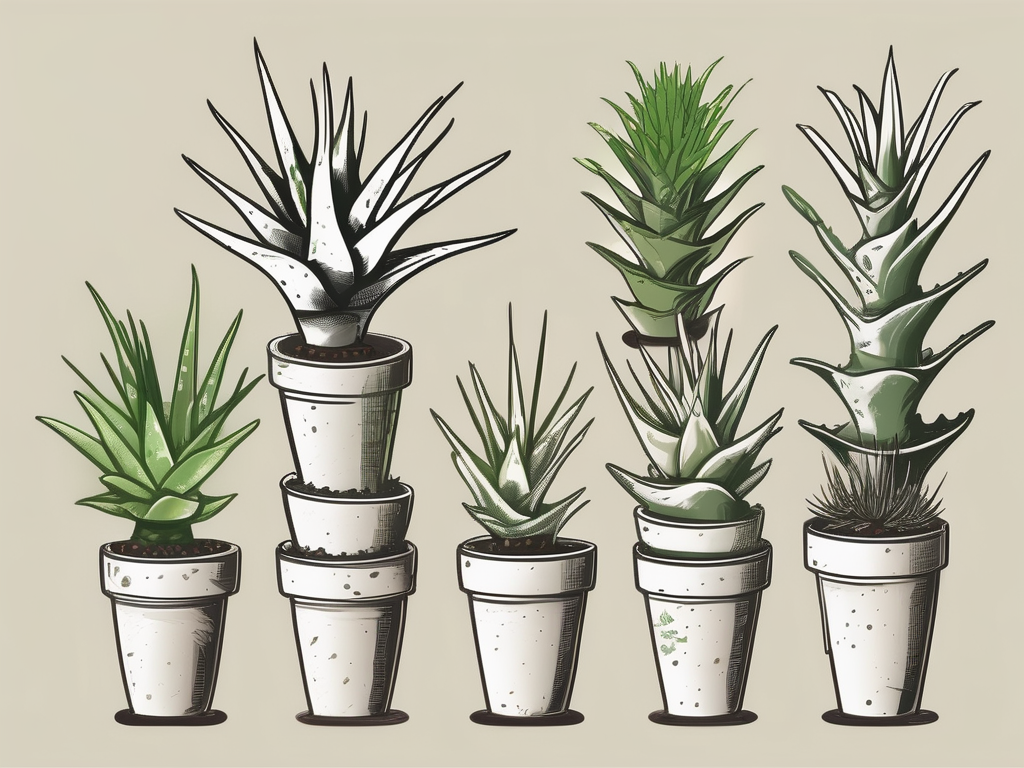
Aloe vera is one of those plants that seems to have it all—it's visually appealing, incredibly low-maintenance, and possesses a host of beneficial properties. But did you know it’s also super easy to propagate? Whether you’re looking to expand your collection or share a piece of your plant with a friend, learning how to propagate aloe vera is a skill worth having.
This blog post will guide you through the simple steps to successfully propagate aloe vera cuttings. We'll go over everything from the materials you'll need to the care tips for your new plant babies. So, grab your gardening gloves, and let’s get started!
Understanding Aloe Vera Propagation
Before we jump into the nitty-gritty of propagation, let's take a moment to understand what makes aloe vera such an ideal candidate for multiplying. Aloe vera is a succulent, meaning it stores water in its leaves. This makes it incredibly resilient and a great option for propagation beginners.
Now, there are two main ways to propagate aloe vera: through offsets (also known as pups) and through leaf cuttings. The more reliable method is using offsets because they already contain the root structure necessary for growth. Leaf cuttings, on the other hand, are a bit trickier and have a lower success rate. But don’t let that deter you—we’ll cover both methods so you can choose what works best for you.
Gathering Your Materials
Here’s what you’ll need to get started with propagating your aloe vera:
- A healthy parent plant: Choose a mature aloe vera that’s free from diseases and pests.
- Sharp knife or pruning shears: A clean, sharp tool will make the separation process easier and prevent damage to the plant.
- Small pots with drainage holes: These will house your new aloe babies.
- Well-draining soil: A cactus or succulent mix is perfect for aloe vera.
- Optional: Rooting hormone: This can increase the chances of successful propagation, particularly for leaf cuttings.
Once you’ve gathered your materials, you’re ready to move on to the next step!
Separating Offsets from the Parent Plant
Offsets, or pups, are the baby plants that grow at the base of the parent plant. They have their own root systems and are the best candidates for propagation. Here’s how to separate them:
- Remove the parent plant from its pot: Gently tip the pot on its side and slide out the plant.
- Identify the offsets: Look for smaller plants growing at the base. They should have a few leaves and their own root systems.
- Separate the offset: Using your fingers or a sharp knife, carefully detach the offset from the parent plant. Aim to include as many roots as possible.
- Let them dry: Allow the cut surface to callous over by leaving it in a dry place for a couple of days. This reduces the risk of rot when you plant it.
Once the offsets are calloused, they’re ready to be planted in their own pots.
Planting Your Aloe Vera Offsets
Now that your offsets are separated and ready, it’s time to plant them. Here’s how to do it:
- Prepare the pot: Fill your small pots with well-draining soil. You can use a mix specifically for succulents and cacti.
- Plant the offset: Make a small hole in the soil and place the offset in it, ensuring the roots are covered. Press the soil gently around the base to secure it.
- Water sparingly: Give the soil a light watering to settle it. After the initial watering, let the soil dry out completely before watering again.
Aloe vera doesn’t like to be overwatered, so err on the side of caution. Remember, succulents are adapted to dry environments!
Trying Leaf Cuttings: An Adventure
While using offsets is the preferred method, you might be curious to try leaf cuttings. Here’s how:
- Select a healthy leaf: Choose a mature, healthy leaf from the parent plant.
- Cut the leaf: Use a sharp knife to slice the leaf near the base.
- Let it callous: Just like with offsets, you’ll want to let the cut end dry and callous over for a few days.
- Optional: Use rooting hormone: Dip the calloused end into rooting hormone to encourage growth.
- Plant the cutting: Insert the cut end into well-draining soil, keeping it upright.
Leaf cuttings take longer to root and may not always succeed, but they can be a fun experiment if you’re up for it.
Caring for Your New Aloe Vera Plants
After planting, your new aloe vera plants will need some TLC to ensure they grow strong and healthy. Here are some care tips:
- Light: Aloe vera loves bright, indirect sunlight. Too much direct sun can scorch the leaves, so aim for a sunny spot with some shade.
- Watering: Water only when the soil is completely dry. Overwatering can lead to root rot, which is a common issue with succulents.
- Temperature: Aloe vera thrives in temperatures between 55-80°F (13-27°C). They’re not frost-tolerant, so keep them indoors if it gets too cold outside.
- Feeding: During the growing season (spring and summer), feed your aloe vera with a diluted succulent fertilizer every couple of months.
Watching your aloe vera grow is incredibly rewarding, and it will be a testament to your growing plant skills!
Common Problems and How to Solve Them
Even with the best care, you might encounter some issues with your aloe vera. Here’s how to tackle common problems:
- Yellow leaves: This usually indicates overwatering. Allow the soil to dry out more between waterings.
- Wilting or soft leaves: Again, this is often due to overwatering. Check your watering schedule and adjust accordingly.
- Brown tips: This can be caused by too much direct sunlight or a lack of humidity. Move your plant to a shadier spot or mist the leaves occasionally.
By keeping an eye out for these signs, you can ensure your aloe vera stays healthy and vibrant.
Creative Ways to Use Aloe Vera
Once your aloe vera plants are thriving, you might wonder what you can do with them. Here are a few ideas:
- Decorative use: Aloe vera makes for a stunning centerpiece or accent in your home decor. Its sculptural leaves add a modern touch to any room.
- Skincare: Aloe vera gel is great for soothing sunburns or as a natural moisturizer.
- Gifts: Propagated aloe vera plants make thoughtful gifts for friends and family. They’re easy to care for and offer numerous benefits.
With its versatility and beauty, aloe vera is not just a plant—it’s a lifestyle choice!
Incorporating Aloe Vera into Your Home Design
Beyond its practical uses, aloe vera can be an integral part of your home’s interior design. Here’s how you can incorporate it:
- Minimalist decor: Aloe vera’s clean lines and simplicity make it perfect for minimalist spaces.
- Bohemian vibes: Pair aloe vera with macramé plant hangers and vintage pots for a boho-chic look.
- Modern elegance: A sleek, white pot can transform aloe vera into a statement piece in a modern setting.
No matter your style, aloe vera can adapt and enhance your living space, bringing a touch of nature indoors.
Final Thoughts
Propagating aloe vera is a rewarding way to expand your plant collection and share the love of greenery with others. From separating offsets to trying your hand at leaf cuttings, you now have the know-how to tackle the task with confidence.
At Cafe Planta, we’re passionate about helping plant people succeed. Whether you’re looking for new plants, care accessories, or even stylish plant-themed apparel, we’ve got you covered. If you have any questions or need advice, don’t hesitate to reach out to us via email or Instagram. Let's grow together and create beautiful, thriving collections!













